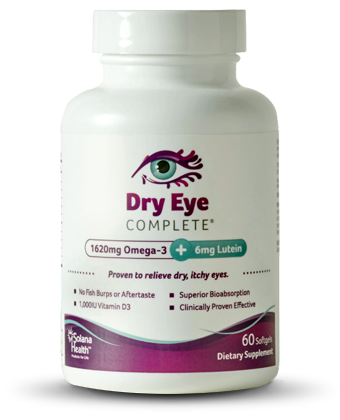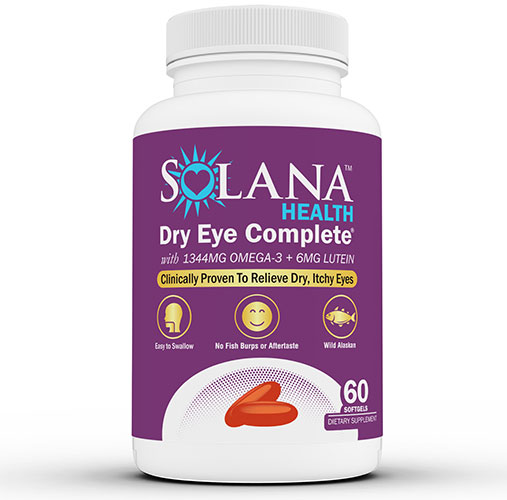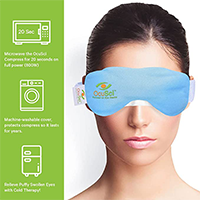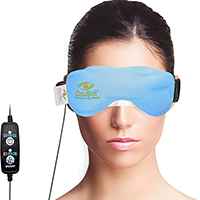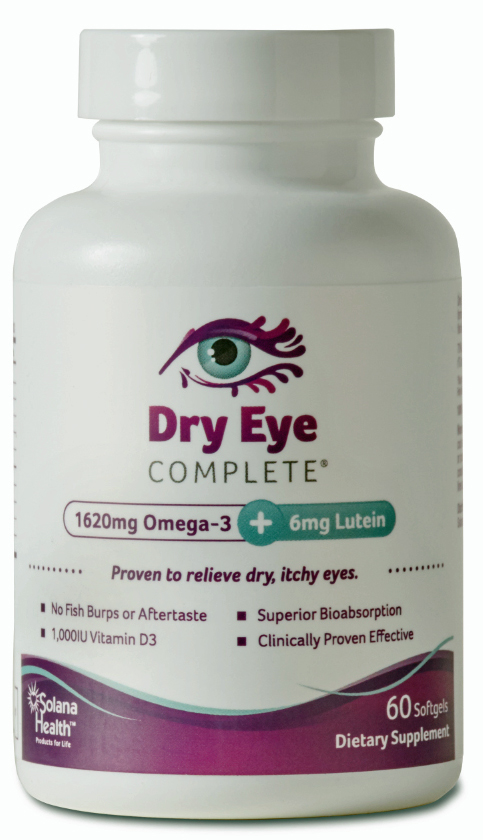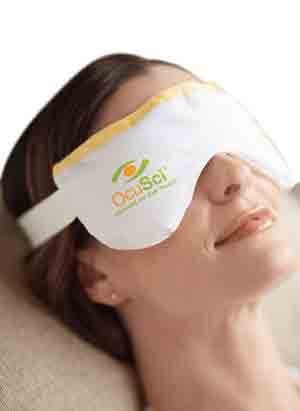No matter how much we try not to use digital gadgets, most of us are nothing short of slaves to our screens. In fact, research has shown that most people stare at a screen close up (not even counting television) for seven hours each day. The same research also showed that we look at our telephone screens 150 times each day. We feel a need to connect to the digital world, but it seems that this has gotten somewhat out of hand. In fact, there is now a psychological term for this: nomophobia, coined by Psychology Today, which means a fear of not having your mobile.
Being obsessed with our screen has several significant consequences, some of them long term. About 70% of millennials have reported suffering from digital eye strain symptoms, which include lack of focus, headaches, and dry eyes. The problem isn’t about staring, according to the ophthalmology department at NYU Langone Medical Center. Rather, it is the fact that we don’t blink enough when we use screens. Another issue is the blue light that screens emit. This stops the brain from creating melatonin, which is necessary to help us feel sleepy. Further, research has shown long term retina damage linked to blue light.
1. Awareness for Mac and Windows
Awareness is a Mac and Windows free app that makes sure you take regular breaks. It is very inconspicuous as it sits on your menu bar. You tell the app how long you’re allowed to use your computer without a break, and how long you want to have a break. You will then hear a Tibetan singing bowl, which means it is time for a break. The app then monitors whether you do actually use less of your computer, although it doesn’t lock you out. Visit App
2. F.lux for Mac, Linux, Windows, and iPhone
F.lux is incredibly popular because it works on your monitor’s glow. It bases this on the time of the day it is, changing ting and brightness, so you don’t get that blue glow. What this means is that your brain can continue to produce melatonin, so you can sleep normally as well. F.lux is based on important pieces of scientific research. Visit App
3. Protect Your Vision for Safari, Firefox, and Chrome
This is one of the best known apps out there. It has a 20-20-20 default plan set, although you can customize this. When it’s time for a break, your screen will black out. You can override this if need be. One of the cool things about the app is that it also gives you lots of eye exercises. Plus, the robot mascot that comes with it is really cute.
4. Twilight for Android
F.lux is a cool app, but it doesn’t work on Android. Twilight serves as the alternative for Android users. Like F.lux, it is based on important scientific research, specifically on the circadian rhythm and how that affects sleep. Furthermore, they have been able to demonstrate that the app helps people sleep better, and they fall asleep sooner.
5. Time Out for Mac
Time Out is an app exclusive for Mac, and it is perfect for people who struggle to take good breaks. It provides you with 50 minutes of working time, followed by a 10 minute break. It also forces micro breaks on you, which is 10 seconds long every 10 minutes. You can customize this if need be. A lot of people tense up while working, and this app helps to reduce that, allowing you to quickly adjust your posture and relax.
6. eyeCare for Chrome
eyeCare is conveniently linked to Chrome, with a 20-20-20 recommendation, although this is customizable. The program also comes with eye exercise instructions. It is highly reviewed, and incredibly easy to install.
7. Nocturne for Mac
This app has a really unique approach. It changes the way your display looks, thereby reducing eye strain. In addition, you have a lot of choices in terms of how you want to change the display, such as adjusting tints, disabling shadow effects, inverting colors, and more. It is a relatively old app, but it is really good.
8. Eye Pro for Windows
Eye Pro helps you to reduce eye strain while at the same time keeping your eyes moist. It teaches you to blink regularly. A lot of research has demonstrated that people who use screens don’t blink enough, so this is an important feature. Once installed, you will regularly see a notice to rest your eyes, for instance, by blinking, so that moisture is restored. You can set it to provide both long and short breaks but it can be customized. Furthermore, it gives you lots of really good eye protection tips and eye exercises.
9. Calise for Linux, Windows, and Mac
Calise provides more customization options for the hue of your screen. It does not use the sunrise cycle of your geographical location. Rather, it links to your webcam so that it can see your actual light environment in real time. It then adjusts the brightness to suit the ambient light.
10. Ergonomics for iOS
Ergonomics is for those who already use apps to keep their eyes in shape. This is a complementary app that makes sure that you don’t suffer from the other ill effects of being chained to your desk. It shows you stretches and periodically changes the way your computer is set up. While not specific to the eyes, therefore, it does encourage you to move and do things other than stare at the screen. This will leave you less stressed and less strained overall.
11. iReader for Firefox and Chrome
There are times when you surf to a website that you feel like you have entered a busy shopping center. There are full screen photographs and busy advertisements everywhere you look. iReader is a very cool Chrome and Firefox extension that removes all the annoying extras, including talking ads. Instead, you get a clean page with nothing but the text on it.
12. Pangobright for Windows
Pangobright is very easy to set up. Once you have entered your details and personal preferences, it will automatically dim your screen lights to meet those. It is a very lightweight app, which is also important as you don’t want your device to run slower. It is perfect for people who use more than one monitor as well, as it can control different monitors in an independent way.
13. EyeLeo for Windows
EyeLeo is an app that places itself in the System Tray of your computer. It has a really cool little mascot that comes out to tell you that you should take a break. Best of all, it also tells you about a range of different eye exercises, which means that you actually ease and relax your eyes when you do take a break. You can set up Strict mode if you want, which means that you are no longer capable of skipping your break. This is the perfect tool for true workaholics who struggle to allow themselves to take breaks when they need to.
Resources and References:
Awareness for Mac and Windows – Reminds you to take a break from using the computer. (Lifehacker.com)
F.lux – f.lux software makes the computer display adjust to the time of day. (Justgeflux.com)
Protect Your Vision – Protects eyes from computer vision syndrome. (Protectyourvision.org)
Twlight – Makes screen adapt to the time of day. (Play.google.com)
Time Out – Time Out for Mac reminds you to take a break. (Dejal.com)
eyeCare – eyeCare app notifies you to take regular breaks. (Chrome.google.com)
Nocturne – Mac OS X screen inversion tool – switches colors to Night Mode. (Code.google.com)
Eye Pro – Eye Pro displays notifications to remind computer user to take breaks. (Informer.com)
Calise – Calise computes ambient brightness and adjusts the screen’s backlight. (Sourceforge.net)
Ergonomics – Ergonomics provides a complete health solution for the mobile workplace. (Apple.com)
iReader – iReader allows user to view articles and news stories in an easy to read display. (Mozilla.org)
Pangobright – Allows easy control of monitor’s brightness in the dark. (Pangobright.com)
Eyeleo – Regularly reminds computer user to take a short break. (Eyeleo.com)

